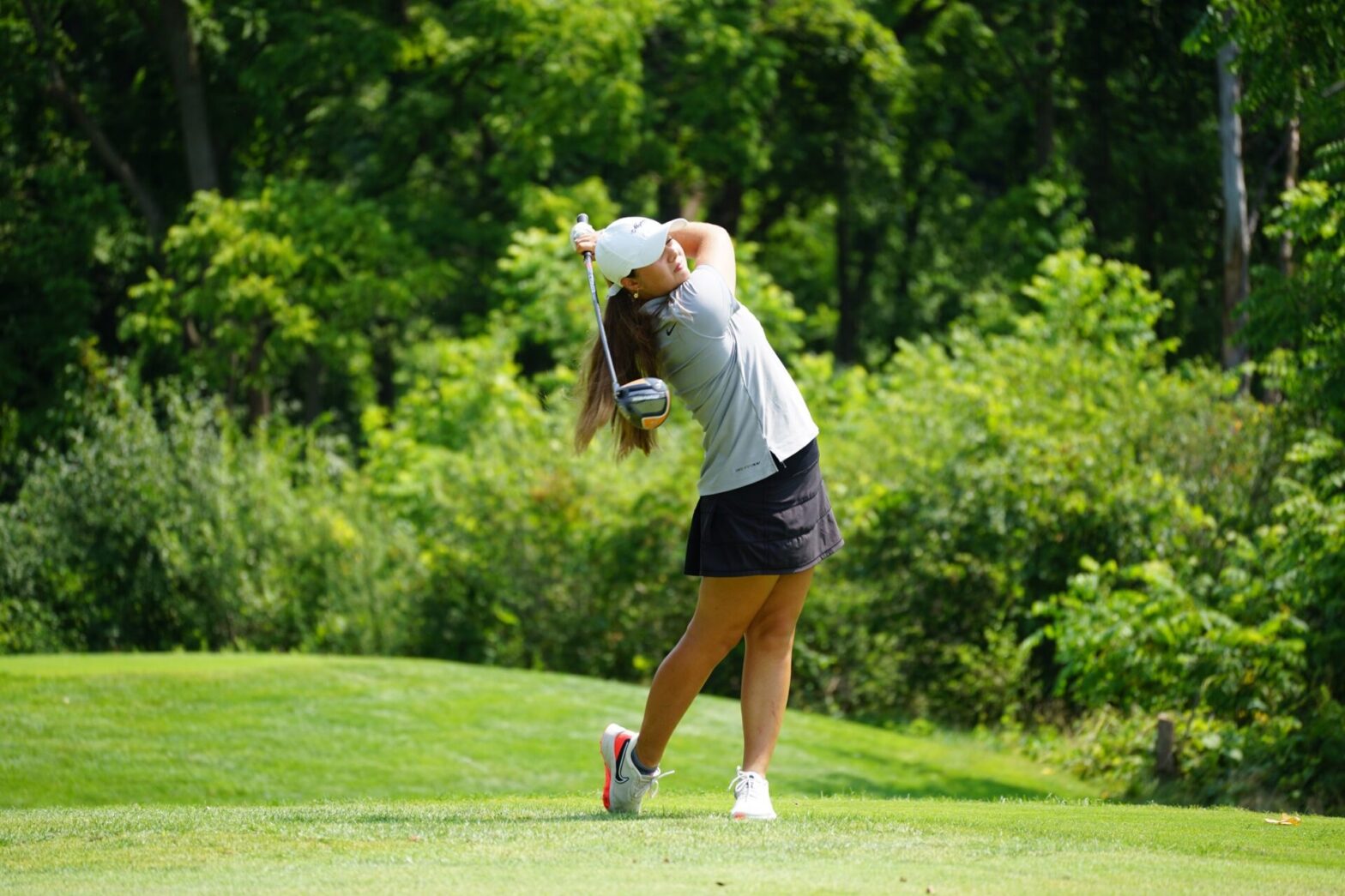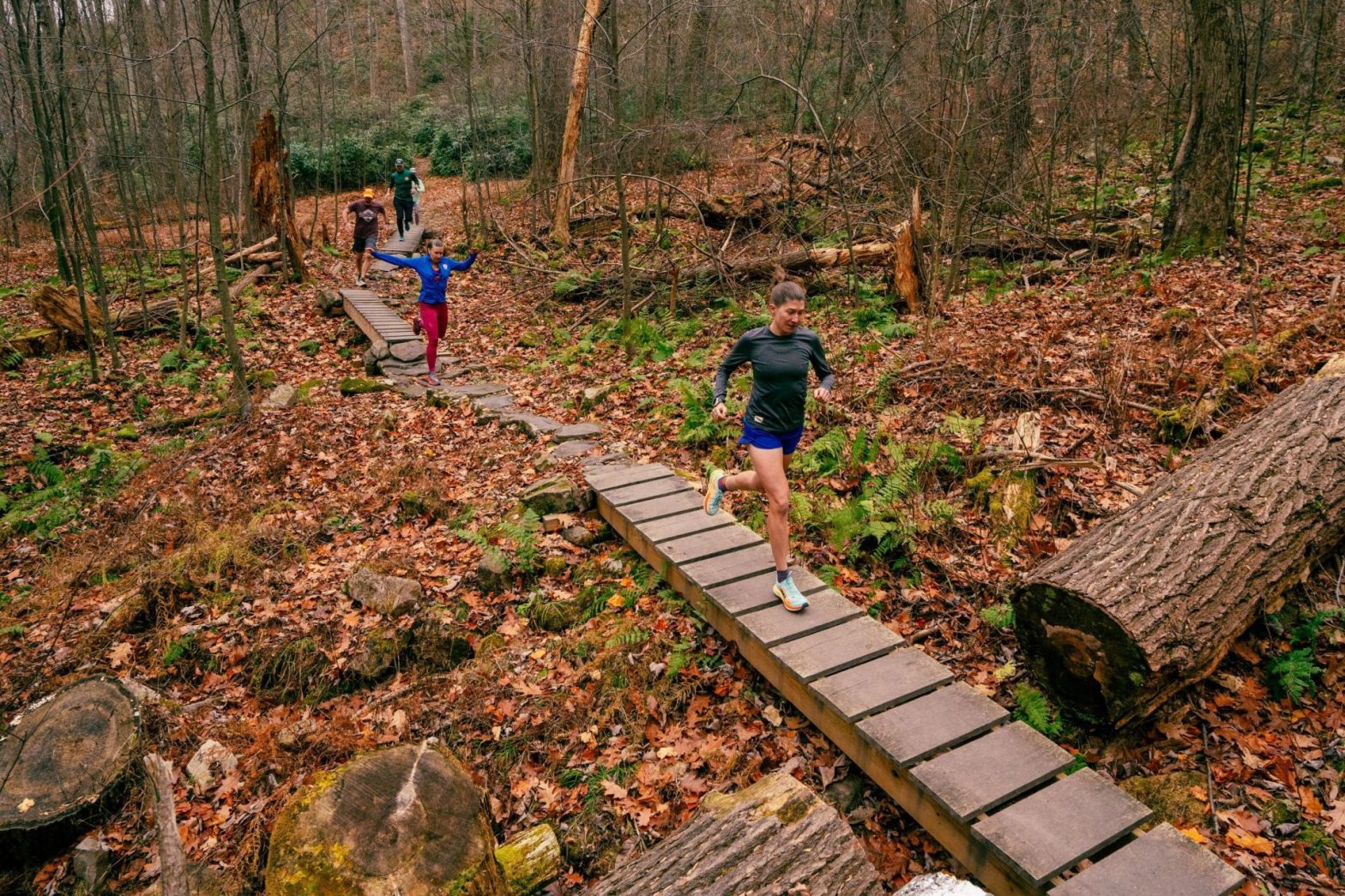
Invigorating winter sports can quickly become dangerous when cold-temperature injuries set in. Athletes who are well prepared for the cold, in dry or humid climates, can better compete in winter sporting events safely.
Be prepared before competing in sports in a cold climate, especially if an athlete isn’t used to colder temperatures. Hydrating, eating well, and getting adequate sleep and recovery time are the foundations of athletes’ overall wellness in all kinds of weather.
“The general aspects of athletes’ wellness apply in extreme environments,” says Dr. Arvind Balaji, pediatric sports medicine specialist at Stanford Medicine Children’s Health in San Francisco, Calif. “Generally, the risk of injury associated with extreme temperature exposure, both hot and cold, is worse when you haven’t slept as well, it’s worse when you’re not well hydrated, it’s worse if you’re malnourished.”
Staying hydrated and well-nourished contributes to athletes’ bodies functioning better in the cold, according to Arthur Chang, M.D., M.S., chief medical officer, division of Environmental Health Science and Practice, National Center for Environmental Health at the CDC.
“Sometimes when you exercise in the cold, you don’t feel as thirsty, but you’re still sweating, and when you’re breathing, you’re releasing water vapor. You want to ensure you have hydration and that you eat so you have your calories up because you will probably be burning more calories [from] your body when dealing with cold,” Dr. Chang says.
According to SafeAthlete.org, prioritizing safety in colder weather contributes to athletes’ peace of mind and can help them keep their focus on their performance.
Monitor weather and precipitation forecasts
Before traveling to or competing in any outdoor sports, athletes and coaches should stay informed about current and upcoming weather conditions and precipitation. At weather.com, a three-month forecast maps out anticipated temperatures and precipitation nationwide.
The National Weather Service’s (NWS)storm prediction center at spc.noaa.gov shows forecasts for storms throughout the United States for one to eight days. At weather.gov, NWS provides up-to-date weather forecasts, warnings, and alerts nationwide. The Weather Channel and AccuWeather offer weather apps for smartphones and devices that provide real-time weather updates, alerts and notifications, local air quality, and UV index information.
Athletes should monitor weather and precipitation forecasts before traveling and while at the location where they’ll compete in sports or cold-weather outdoor recreation. They should also plan to take clothing appropriate for rain, snow, and wind.
“It’s always better to overprepare than to be underprepared,” Dr. Balaji says. “If you’re used to living in Nevada or Arizona or southern Colorado and you’ve always been exposed to a generally dry climate with generally hot summers, it may not occur to you if you’re going to travel…and participate in some activity outdoors in a cold climate that you should be prepared to endure those elements.”

Layer to protect against weather, wind chill
Bundle up strategically in three layers. Dr. Balaji says the innermost layer closest to an athlete’s skin should be moisture-wicking to help dry sweat during training or a sporting event.
“When you generate your own sweat and it gets exposed to cold, the temperature of that sweat can drop quite a bit, and if it stays on your skin for long periods of time, that’s really how you end up injuring various parts of your body and also dropping your core temperature significantly,” says Dr. Balaji.
Especially when competing in a wet, cold environment with rain or snow, a wicking layer is vital to prevent moisture against an athlete’s skin that increases their risk of hypothermia, Dr. Chang adds.
In humid, cold environments, athletes contend with moisture from rain or snow sticking to their clothes and bodies, as well as sweat. When resting, athletes should towel off excess sweat and moisture as frequently as possible to prevent the risk of injury.
The second layer of clothing should be an insulated layer designed to trap body heat and prevent it from being lost. Dr. Balaji recommends wearing moisture-wicking
and insulated layers whether athletes compete in dry or humid cold environments.
Choose a third layer, such as a raincoat or heavy jacket, to protect against cold and precipitation. Wear it on the sidelines when not actively competing in a sporting event.
Look for a breathable third layer that blocks wind in a drier, cold climate.
“If it’s out and you’re going fast (such as when cycling or skiing), let’s say it’s 40 degrees out. If you’re moving at 15 mph and there’s a wind chill speed going 50 mph against you, the actual temperature you’re feeling is 32 degrees,” he said.
Dr. Chang says helmets and face masks are helpful for safety, warmth, and protection against wind chill.
Watch for signs of injury
Exposure to cold weather puts athletes and fans at risk of non-freezing cold injuries, frostbite, and hypothermia. Whether competing in sports or watching from the stands, it’s important to know and watch for signs of developing cold injuries.

Non-freezing injuries can occur on peripheral, exposed body areas such as fingers, toes, ears, nose, and head. According to Dr. Balaji, frostbite is more serious and potentially permanently disfiguring. Keep fingers, nose, and other extremities covered. Those are more prone to frostbite because they receive the least blood circulation.
If fingers, toes, or other extremities feel cold, but a person has a full range of motion, normal strength, and can feel full sensation when the body part is touched, there’s less reason for concern. Go somewhere warmer if numbness sets in.
“If you feel like there’s any numbness whatsoever, then you’re starting to flirt with the idea that you may have a non-reversible cascading effective cold injury,” says Dr. Balaji. “Ideally, you’d want to remove yourself from that environment before numbness sets in. If numbness has set in, that’s your last sign that if you don’t do something right away, you’re going to risk lasting injury.”
Hypothermia causes a drop in core body temperature that can lead to organ dysfunction and potentially can be fatal.
“What you want to ward off is hypothermia, and this is defined in the medical literature as your body core dropping below 95 degrees,” Dr. Chang says, noting hypothermia is possible even in 40- or 50-degree weather.

Early symptoms include shivering and feeling slightly lethargic or more clumsy than usual. Feeling confused or disoriented is a more severe indication that hypothermia is beginning, Dr. Chang says.
Dr. Chang urges added caution for athletes who have asthma or cardiovascular disease.
“You have to be a little more careful during winter training,” he says. “Cold weather can precipitate asthma attacks. You want to have medications and an inhaler ready and see your doctor and ask if you can work out in cold weather.”
Physical exertion in cold weather can cause heart attacks to occur more frequently, he adds.
“Definitely listen to your body, and in terms of training, maybe you want to think about taking it a little bit easy during the winter…and if you have pre-existing conditions, you have to be even more careful,” says Dr. Chang.
Spectators’ safety
Drs. Balaji and Chang advise spectators in the stands to wear three layers when outdoors. Children especially should dress warmly because they’re prone
to hypothermia.
Be cautious when drinking alcohol in cold weather, or better yet, avoid it altogether. Alcohol makes the body more susceptible to getting colder. Alcohol sends more blood flow to the skin and less to vital organs.
“A lot of times people feel warm so they take off warm layers, and that will cause you to lose more heat,” Dr. Chang says.
Hot cocoa or tea and warm coffee are preferable. In moderation, Dr. Balaji says they’ll increase core body temperature and keep you warm internally.









